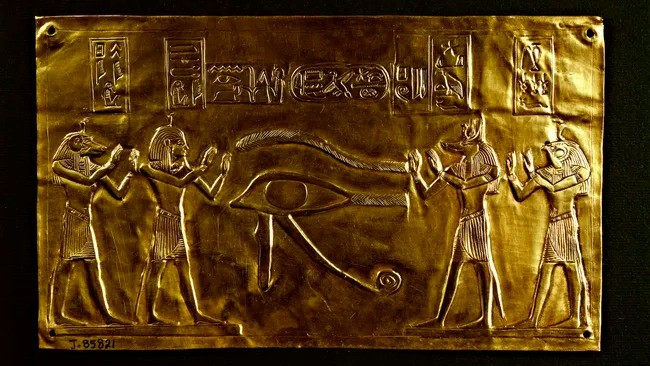 |
| The image of the " Eye of Horus " is often seen in many ancient Egyptian tombs thousands of years old. This symbol also appears on amulets called wedjat (or udjat). Photo: DEA/S. VANNINI via Getty Images). |
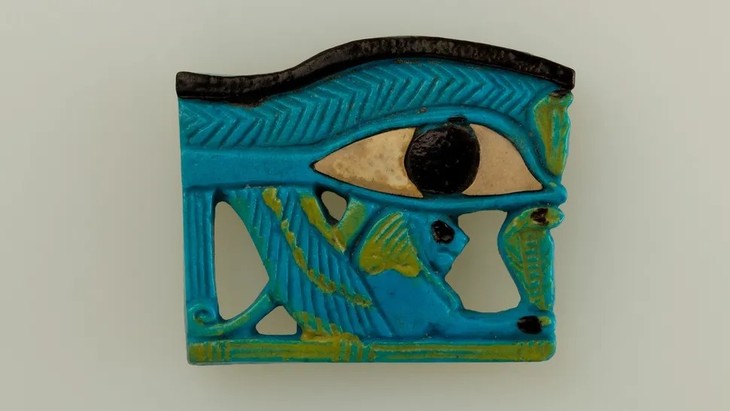 |
| The " eye of Horus " was also sometimes carved on coffins and inside tomb chapels of ancient Egyptians. From here, many people are curious about what the "eye of Horus" meant to the Egyptians. Photo: Purchase, Edward S. Harkness Gift, 1926; The Met; CC0 1.0 Universa. |
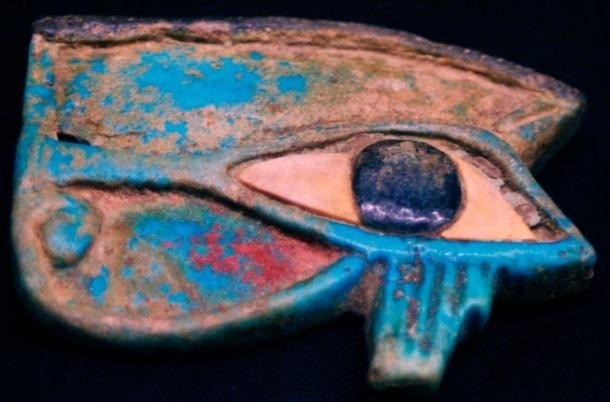 |
| According to Egyptian mythology, Horus was the son of Osiris, god of the underworld . Horus fought his uncle Seth to see who would rule Egypt. During the fight, Seth gouged out Horus' left eye. Horus eventually won, becoming ruler of Egypt. He also got his left eye back. It was restored "by Thoth, the ibis-headed god of wisdom." Photo: Travis / Adobe Stock. |
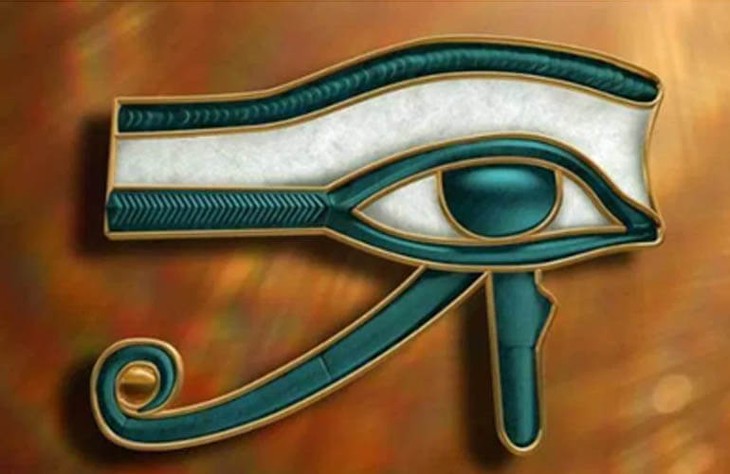 |
| This depiction of the left eye has become the powerful symbol of the "Eye of Horus". Photo: cleopatraegypttours. |
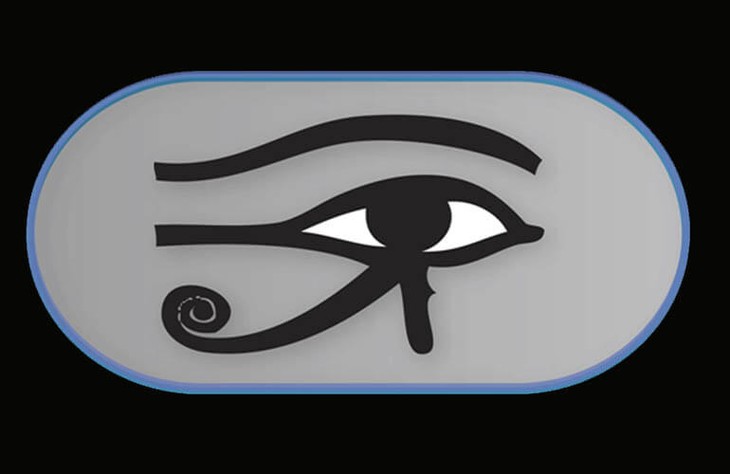 |
| "The wedjat is one of the most iconic amulets of ancient Egypt. The wedjat amulet is associated with healing and protection. That is probably why it has been found in many tombs, often in the wrappings of mummies," said Kei Yamamoto, an Egyptologist at the University of Toronto. Photo: cleopatraegypttours. |
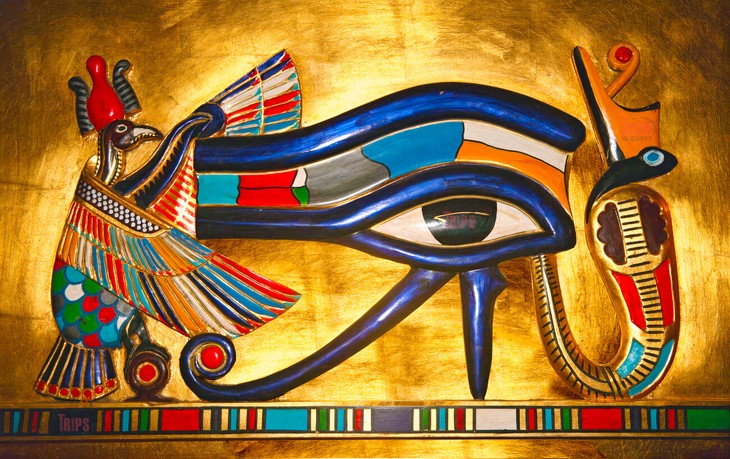 |
| Ancient Egyptian civilization existed for more than 3,000 years and the practices associated with the "Eye of Horus" changed over time. Photo: tripsinegypt. |
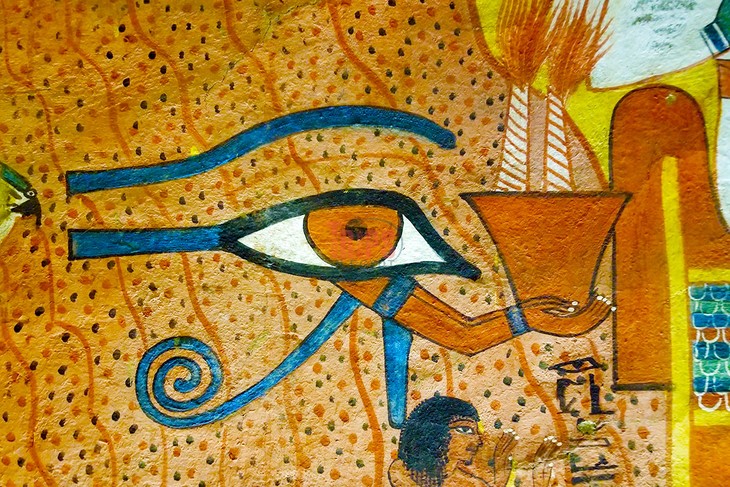 |
| “In later periods, a large wax wedjat was placed on the left abdomen, where the embalmer made the incision during the mummification process, to invoke healing and protect the vulnerable area,” says Yamamoto. This practice was practiced in the first millennium BC. Photo: tripsinegypt. |
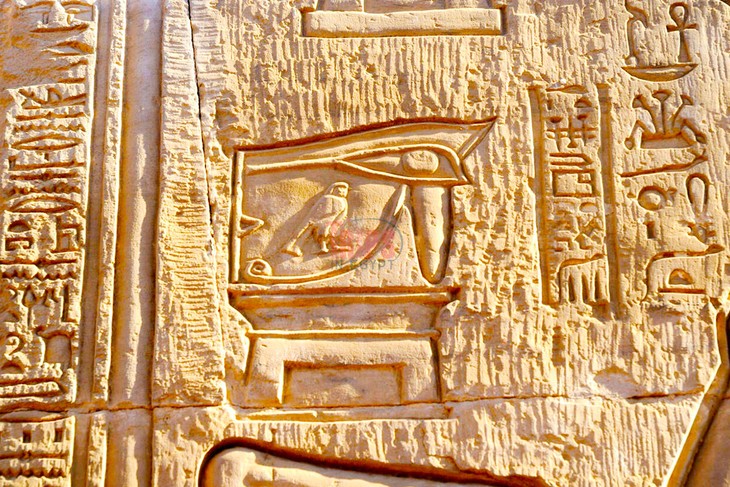 |
| The eyes are an instantly recognizable sign of protection and have become a metaphor for wholeness and happiness, says Penny Wilson, associate professor of archaeology at Durham University in the UK. He adds that the “Eye of Horus”’s association with happiness can be applied to many other concepts, including the Nile, Egypt in general, healing methods and food offerings. Photo: tripsinegypt. |
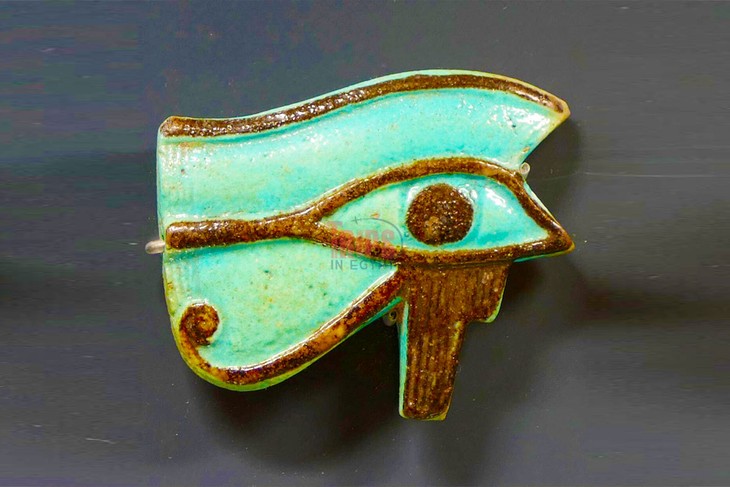 |
| Wedjat amulets first appeared around 2200 BC, and the “Eye of Horus” was also painted on Egyptian coffins and tomb chapels at the time. Photo: tripsinegypt. |
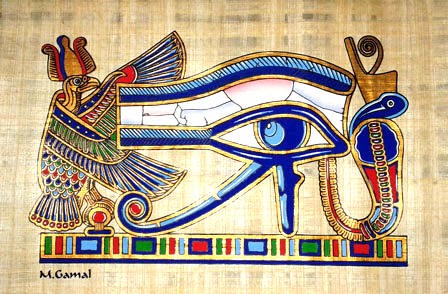 |
| "In such cases, scholars believe that the eyes not only provide magical protection for the deceased, but also allow them to see the world of the living," said Mr. Yamamoto. Photo: fromcairo. |
Readers are invited to watch the video : Shocked by the secrets in the ancient Egyptian mummification workshop.
Source: https://khoahocdoisong.vn/vi-sao-nhieu-mo-co-ai-cap-co-hinh-anh-mat-than-horus-post268902.html











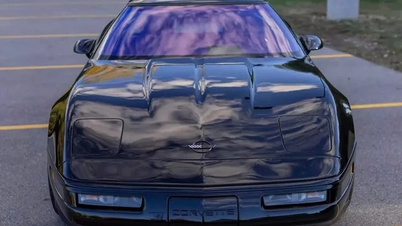
























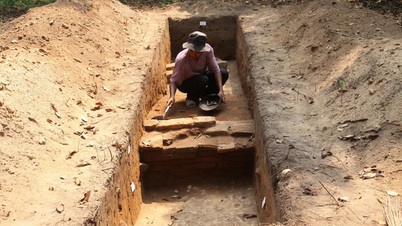





























































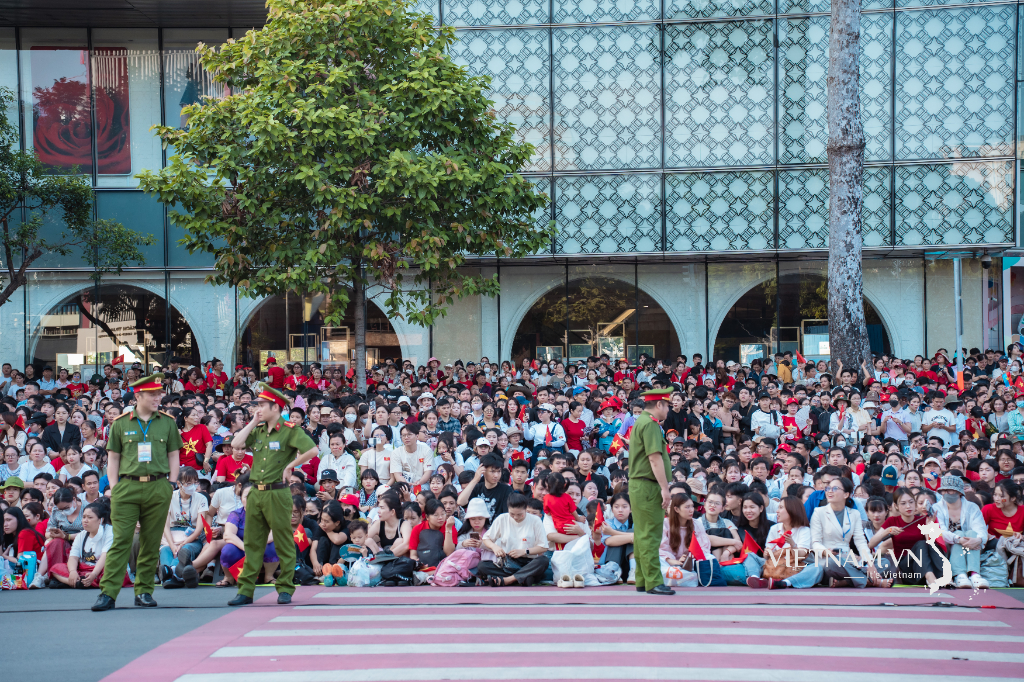

Comment (0)